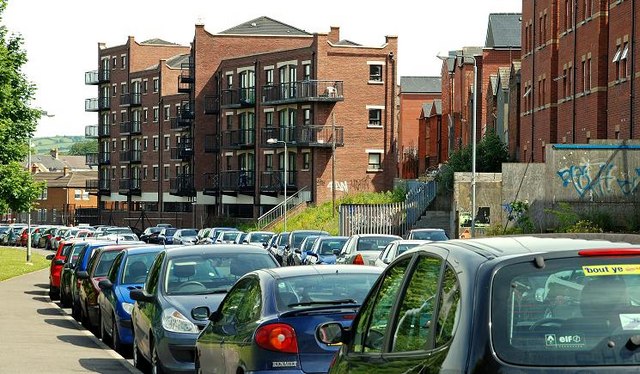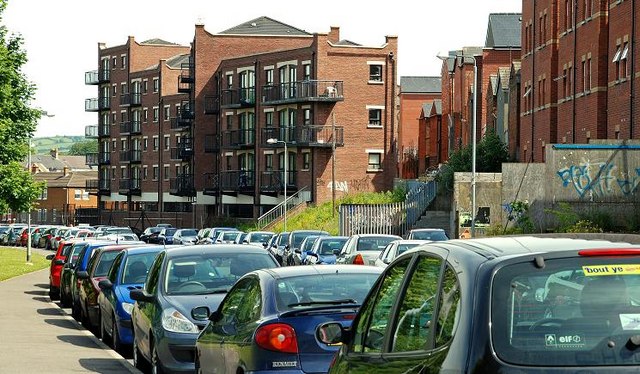How Parking Pressure Degrade the Quality of Life in Residential Areas
Parking is a major source of conflict in most urban societies today. A quick glance at the newspaper tells one of disputes and arguments over parking spaces, almost on a daily basis. The prime reason fuelling such instances is a lack of proper planning and organization of public parking areas. With vehicle ownership expected to rise in the near future, the parking crisis, especially in developing countries, is likely to worsen. And when it comes to residential areas, the problem often rears its ugly head in the form of brawls and law and order issues. Let’s find out how parking pressure degrade the quality of life in residential areas.

Parking Pressures in Residential Neighbourhoods
As vehicle ownership increases and parking management shows little signs of reform, an immense amount of pressure is exerted on residential neighborhoods. In the event of space shortage and parking based on a ‘first come, first serve’ basis, most residents end up in arguments and brawls. In India, parking pressure has intensified to the extent that it not only results in disputes but often takes the shape of road rage and even murders, a social ramification policymakers clearly didn’t plan for. What’s even scarier is that the trend is likely to grow stronger with increasing ownership.
Because residential neighbourhoods can never have enough land for parking, an encroachment of green areas and playgrounds results. Parking on roads or footpaths blocks access to houses, bus stops, shopping areas etc. It also blocks access of emergency vehicles (ambulances, police, fire trucks) to homes, offices and buildings. Further, walking and cycling by children, the elderly, and the disabled within the residential neighbourhoods is affected too. And when neighbours forcefully capture parking spaces, it creates an atmosphere of fear and a serious law and order problem. Such issues caused by parking in residential areas degrade the quality of life to a great extent.
Making Residential Areas More Livable
In India, there is a strong need for better parking management in residential neighborhoods. To ease parking pressures, civic and local bodies must formulate inclusive policies. This is the first step in addressing parking pressures in residential neighborhoods. Given that a majority of the residential areas lack adequate parking lots, proper planning for parking in future projects will go a long way in accommodating vehicles. Here, a parking area management plan (PAMP) may prove to be especially beneficial, using a consultative approach involving residents and other end-users.
Also Read: What are the Elements of a Parking Area Management Plan?
For instance, paid parking facilities and permits can assure the availability of parking spaces in neighbourhoods. The fees levied for parking can then be employed to improve pedestrian facilities, street lighting, maintenance etc. This will also reduce the chances of encroachment by neighbouring localities.
Of all the places that are affected by parking issues, residential neighborhoods are perhaps the worst hit. Hence, creating newer parking spaces after thorough planning and coordination is the only way one can effectively deal with the parking menace. With properly-planned and effectively implemented PAMPs, an improvement in the quality of life in neighbourhoods is likely to result, reducing reduce traffic congestion and chaos. In the long-term, they are especially useful for reducing the demand for permits to match the limited supply of on-street parking.

